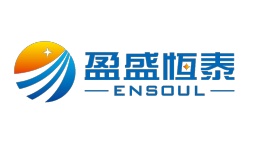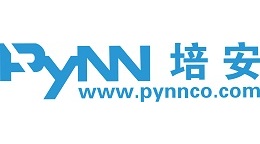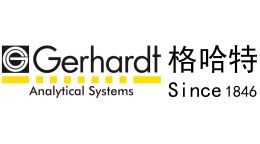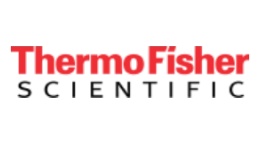方案详情文
智能文字提取功能测试中
APPLICATION NOTEF&F-S-001-2016/A1 TOTAL FAT DETERMINATION IN FEEDRANDALLMETHOD Total Fat Determination in Feedaccording to the Randall method Reference: AOAC 2003.06 Crude Fat in Feeds, Cereal Grains, and Forages Tested with VELP Scientifica SER 158/6 Solvent AutoExtractor (Code F303A0380) and HU6 Hydrolysis Unit(Code F30300110) Introduction Fat is an important nutrient in feed rations for cattle, pig, poultry, sheep, horse and pet foods, as a high energy feedingredient. Fats and oils, contain about 2.25 times as much digestible energy as the carbohydrates in grain. They arevery concentrated sources of energy when added to animal feeds to increase the energy density of the ration. Addingfats and oils will reduce the dustiness of feeds, and reduce ‘fines’ in pelleted diets, adding desirable characteristicswhich have value. Fats and oils can also improve a ration by improving palatability. In particular, cow nutrition is dependent upon adequate energy, protein, vitamins and minerals in a balanced diet, butresearch is showing that fat content in a cow's diet can enhance rebreeding success. Fat Determination in Feed Hot solvent extraction process with SER 158 Series can be summed up in 5 steps, for a fully unattended operation: During IMMERSION the sample is immersed in boiling solvent. Then the REMOVING step automatically lowers the levelof the solvent to below the extraction thimble. During WASHING the condensed solvent flows over the sample andthrough the thimble to complete the extraction process. The fourth step involves solvent RECOVERY. Approximately90% of the solvent used is collected in the internal recovery tank. The final step is the COOLING of the extraction cupscontaining the extracted matter. The cups are raised to prevent burning. The extraction cups containing the extract areplaced in a drying oven, cooled in a desiccator and weighed for the extract percentage calculation. Sample Feed standard AAFCO Fat labeled range: 5.939-6.814 % ln order to determine the total fat in feed a direct extraction with solvents is not efficient because a part of lipids ischemically bonded with other components. The determination of the total fat content of these samples, requires apreliminary hydrolysis using hydrochloric acid 4 N, followed by filtration and washing,in order to free completely the fatmolecules. Then the hydrolyzed sample is ready for the extraction and it can be easily transferred to SER 158 SolventAutoExtractor avoiding any possible sample loss and ensuring improved accuracy of results (see the following picture). Chemicals and Equipment Required ●· Grinder ●Test tube 250 ml (Code A000000144) . GGlass sand, 0.4-0.8 mm (Code A00000089) Glass bottle for waste collector (Code A0000088) Celite 545 (Code A00000097) Glass extraction cups (Code A00000290) ● Glass crucibles P1 (Code A00000086) Vaflon seals (Code A00000288) ● Hydrochloric acid 4N Diethyl ether as solvent All the accessories required for the hydrolysis are included in the kit code A00000085. Sample Preparation ●HHydrolysis Crucibles Preparation Put 25 g of glass sand in glass crucibles P1 and 3g of Celite 545: the two layers resulting have not be mixed togetherotherwise the phase in Celite may bypass the crucible negatively affecting the end result. · Sample Preparation in Test Tube Grind the sample, reducing particle size to 0.75 -1 mm. Weigh 7 g of the crushed sample (Msample) and 2 g of Celite 545in the test tube. For each test tube add 50 ml of 4N hydrochloric acid, shake gently and carefully, and finally add a.further 50 ml hydrochloric acid in order to rinse the sample residue that may remain on the walls of the test tube. ●· Glass Extraction Cups Preparation Keep the empty glass extraction cups in oven at 105°C for 1 hour. Cool them in a dessicator and record the accurateweight of the tare (Mtare). Hydrolysis Procedure with HU 6 Place6 crucibles P1 on the HU6 and connect the aspirating tubes: one side needs to be placed on the sealing ring ofthe crucible and the other one has to be in contact with the corresponding test tube.Set 170 °C for 60 minutes. Place the 6 test tubes in the heating block, lower the glassware and activate the vacuum pump. In case of foam, add 4 N hydrochloric acid drop by drop inside the test tubes. At the end of the procedure,switch off and allow aspiration of the content of the test tubes in the crucible.Raise the glassware to its maximum point and secure it, by tightening the knob. Then, add hot water (40-50 ℃, about 250 ml) slowly, in order to aspirate all the residues of hydrolysis in the test tubes.Remove the aspirating tubes and the crucibles containing the sample after the washing: mix the layer of hydrolyzedsample with the layer of Celite by using a spatula in order to break any clot. Take care to not damage the layer of glass sand. This operation helps the sample drying, which must take place in an oven at 105°C for a time between 1.5 to 6 hours. If dried test portions will not be immediately extracted, put them in a desiccator, or let the crucibles cool to roomtemperature and then, mix the layer of hydrolyzed sample and Celite with a spatula to obtain a powdery hydrolyzed Take care not damage the layer of glass sand. Extraction Procedure with SER 158 Fix the crucibles with the crucible holders (Code A00000293). The extraction cups containing the crucibles can now beplaced on the ultra-fast heating plate of SER 158. On the ControlPad select“Analysis", and then method“Total fat in feed" including the following parameters: ●· Immersion Time: 55 minutes Recovery Time 30 minutes ●RRemoving Time: 10 minutes Cooling Time: 5 minutes● VWashing Time: 55 minutes Diethyl Ether, 100 ml Close the safety guard and add the solvent using the automatic solvent dispensing system SolventXpress TM to minimizeexposure to the solvent ensuring operator safety.Press START to begin the extraction process. At the end of analysis position the extraction cups containing the extractin a drying oven (1 hour at 105°C), cool them in a desiccator to room temperature and record the accurate weight (Mtot). Typical Results on Feed Analysis results are calculated automatically and stored in the ControlPad when entering the weights into the software(manually or automatically through a balance). The extract percentage calculation is performed by using the followingformulas: Where: Sample =sample weight (g) Tare= weight of the empty extraction cup(g) Total =weight of the extraction cup + extract (g) Tare (g) Sample (g) Total (g) Extract (g) Extract(%) 129.668 6.997 130.085 0.417 5.96 130.592 7.008 131.010 0.418 5.96 129.932 7.033 130.358 0.427 6.06 130.353 7.037 130.779 0.426 6.06 130.281 6.992 130.700 0.419 6.00 127.371 7.004 127.787 0.416 5.94 Average ±SD% 6.00±0.06 RSD%** 0.97 Fat Labeled range: 5.939-6.814% Fat Labeled range: 5.939-6.814% ** RSD%= (Standard Deviation x 100)/ Average Conclusion The results obtained are reliable and reproducible in accordance with the expected values, with a low relative standarddeviation (RSD <1%), that means high repeatability of the results. Therefore, SER 158 Solvent AutoExtractor is ideal for the fat content determination in feed. Benefits of HU 6 Hydrolysis Unit are: - safety with performance, reducing manual handling to the minimum - no sample transfer required when passing from HU 6 to SER 158 -suitable for both acid and basic hydrolysis Benefits of hot solvent extraction (Randall) by using 158 Solvent AutoExtractor: - up to 5 times faster than Soxhlet (hot solvent vs. cold solvent) -low solvent consumption (high solvent recovery, approximately 90%)-limited cost per analysis -no exposure to solvent -worldwide official method- full traceability with automatic result calculation and on-board archive 脂肪是牛、猪、家禽、羊、马和宠物食品饲料配给中的重要营养物质,是一种高能量饲料成分。 脂肪和油脂,含有大约2.25倍的可消化能量作为谷物中的碳水化合物。 当它们被添加到动物饲料中以增加配给的能量密度时,它们是非常集中的能量来源。 脂肪和油脂也可以通过提高适口性来改善配给。 特别是,在均衡的饮食中,奶牛的营养依赖于足够的能量、蛋白质、维生素和矿物质,但研究表明,奶牛饮食中的脂肪含量可以增强rebreeding。 实验样品:Feed standard AAFCO Fat labeled range: 5.939 – 6.814 %检测指标:饲料脂肪含量检测仪器:SER158/6脂肪测定仪 意大利velp检测结果:得到的结果是可靠的和可重复的符合预期值,具有较低的相对标准偏差(RSD<1%),这意味着结果的高重复性。 因此 SER158溶剂自动萃取器是测定饲料中脂肪含量的理想方法。结论: (1)HU6水解装置的优点是:►安全性能,减少手动处理到最低限度►从HU6到SER158时不需要样品转移►适用于酸和碱性水解 (2)热溶剂萃取(Randall)使用158溶剂自动萃取的好处:►比Soxhlet(热溶剂与冷溶剂)快5倍►低溶剂消耗,低溶剂消耗(高溶剂回收率,约90%)►每次分析的成本有限► 没有暴露在外溶剂►标准方法►完全可追溯性与自动结果计算和存档
关闭-
1/4

-
2/4

还剩2页未读,是否继续阅读?
继续免费阅读全文产品配置单
北京盈盛恒泰科技有限责任公司为您提供《饲料中总脂肪检测方案(抽提萃取)》,该方案主要用于饲料中营养成分检测,参考标准《暂无》,《饲料中总脂肪检测方案(抽提萃取)》用到的仪器有全自动脂肪测定仪-SER158、VELP-脂肪测定仪SER148/6。
我要纠错
推荐专场
抽提萃取、索氏提取、脂肪测定仪
更多相关方案


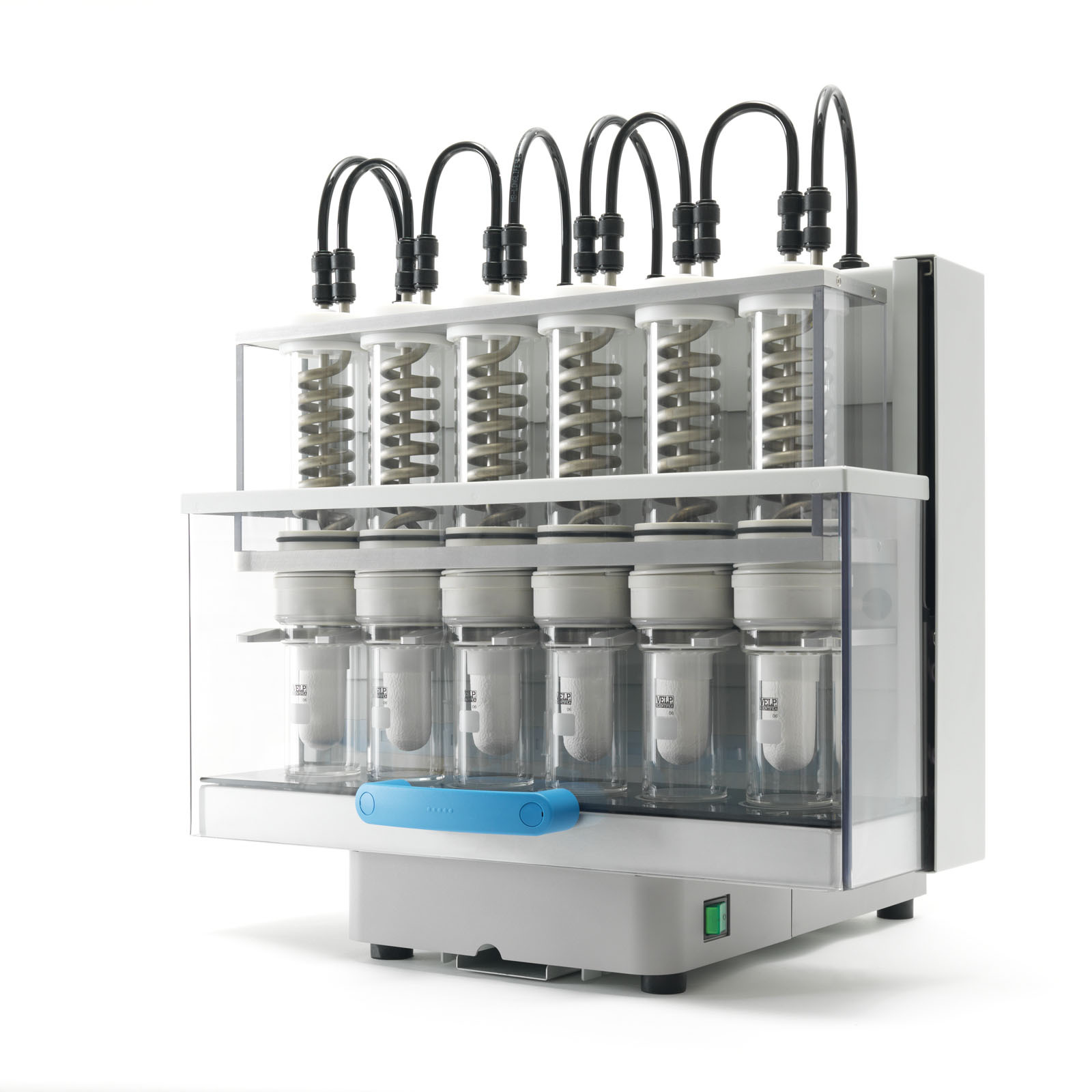
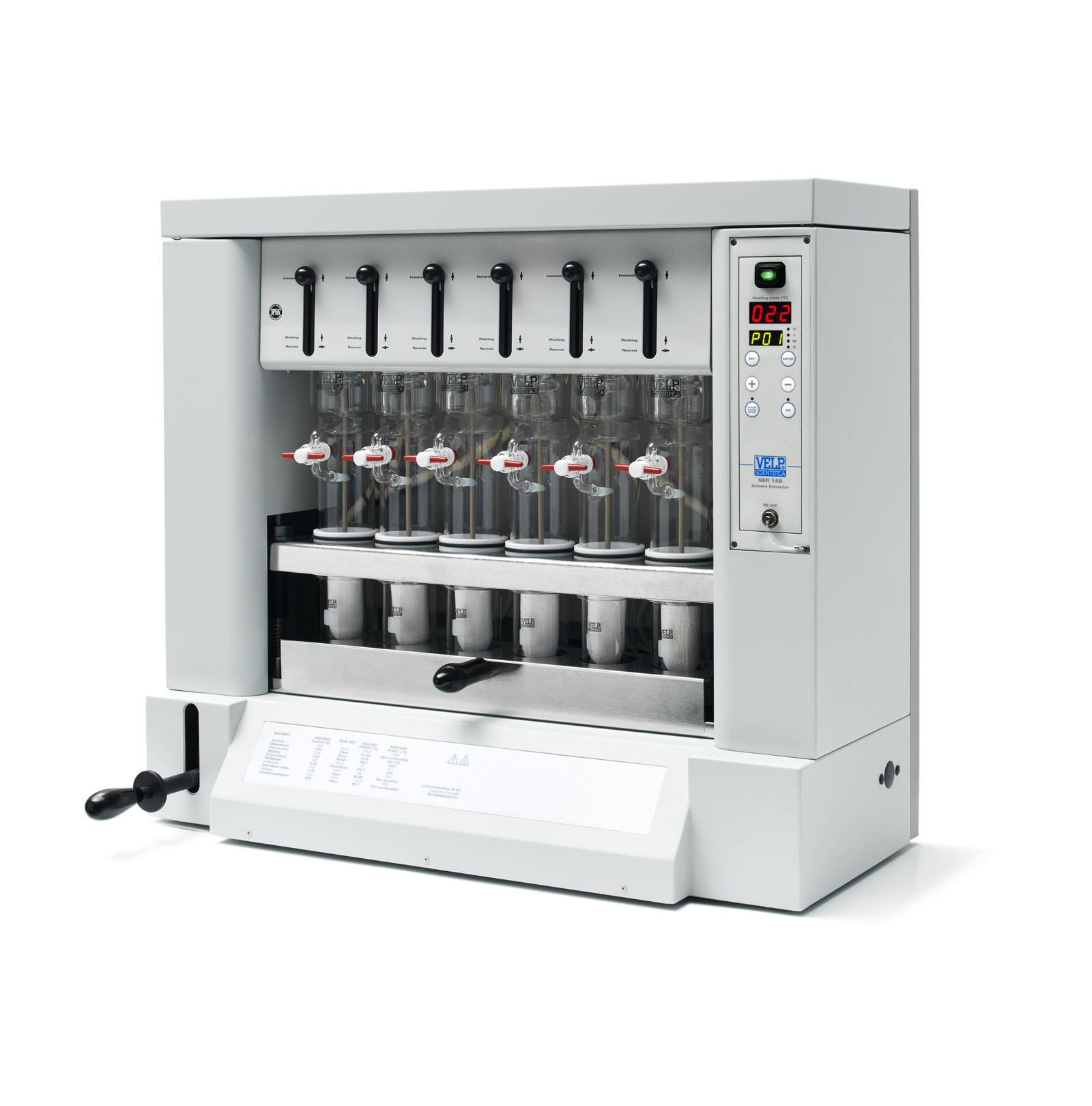

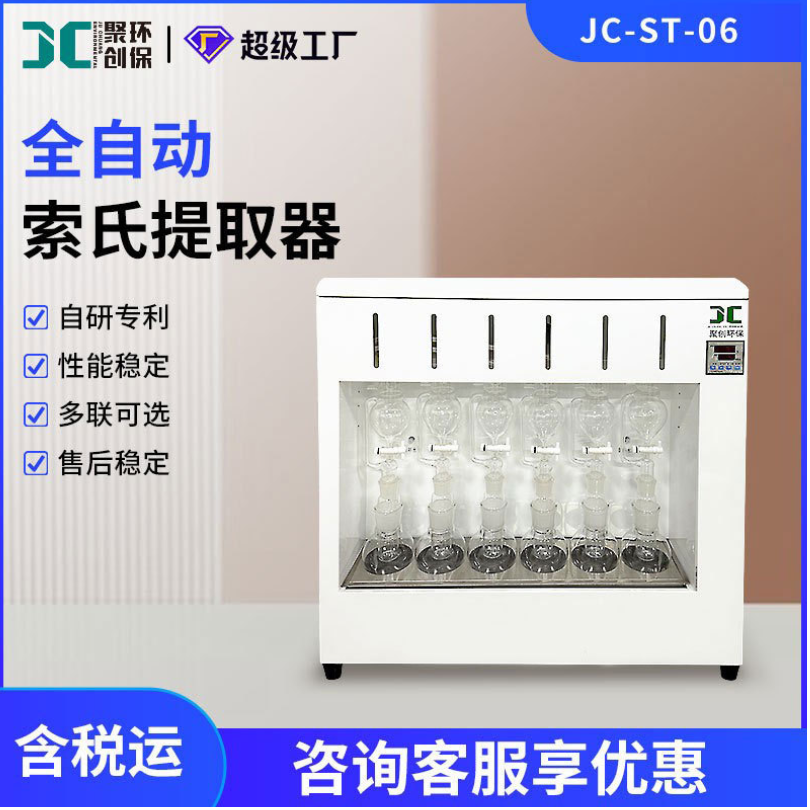

 咨询
咨询